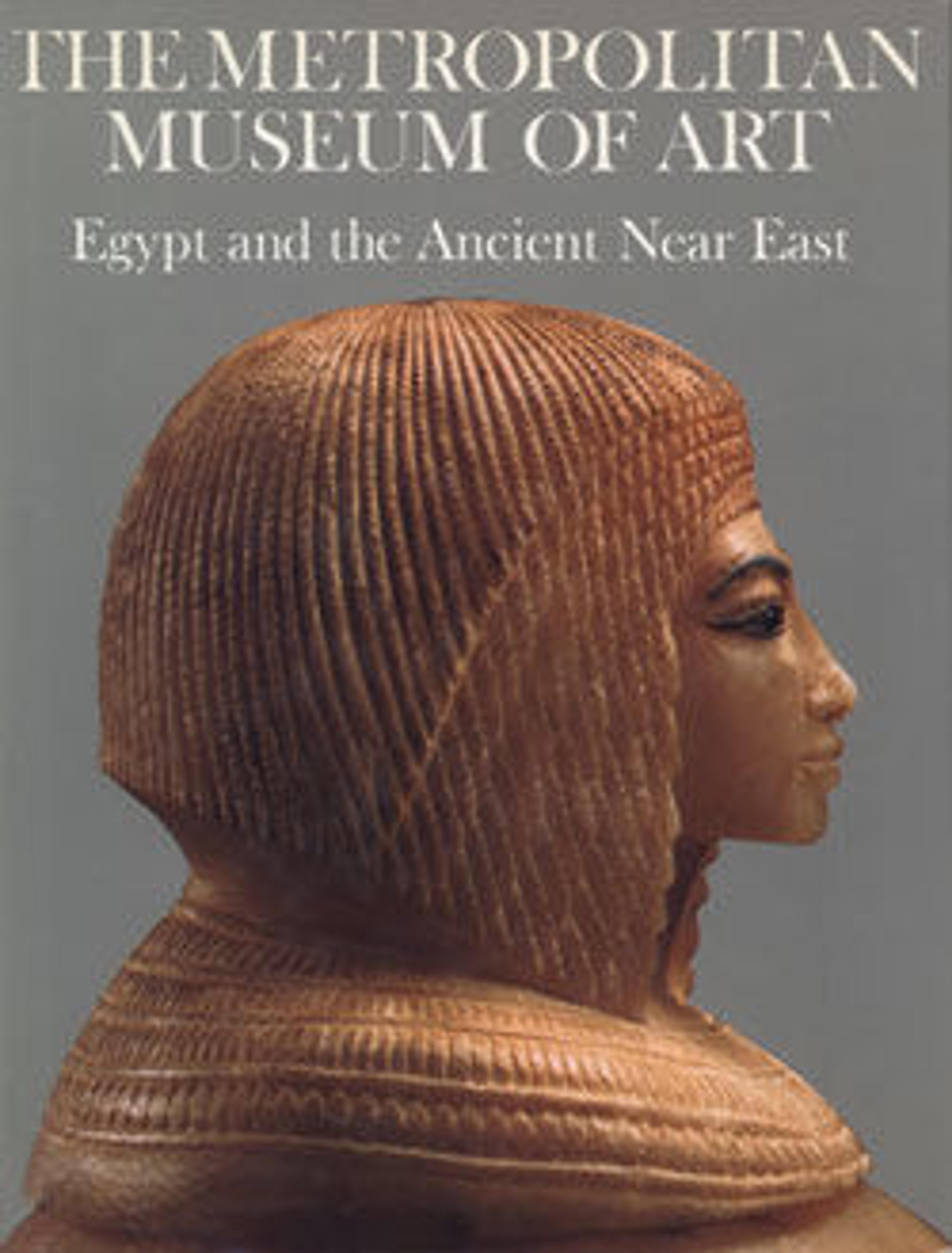Rhyton in the shape of an ibex
This ceramic rhyton in the form of an ibex comes from northwestern Iran where theriomorphic vessels were popular, especially during the later Bronze and Iron ages. This particular vessel is somewhat crude in its workmanship; it is composed of basic geometric forms, cylinders and cones, with a pouring hole fashioned in the center of the breast. The head projects in pyramid form and is more sensitively modeled than the rest of the body, with incised eyes and a triangular beard. In a manner characteristic of the work of Near Eastern artisans, the animal's horns are elongated and emphasized. The legs are unnaturally short—this may have been to insure the stability of the piece or to suit the convenience of the potter.
Artwork Details
- Title:Rhyton in the shape of an ibex
- Period:Iron Age
- Date:ca. 500 BCE
- Geography:Northwestern Iran
- Culture:Iran
- Medium:Ceramic
- Dimensions:10 15/16 × 4 3/8 × 10 3/8 in. (27.8 × 11.1 × 26.4 cm)
- Credit Line:Gift of Edward and Fay Safani, 1964
- Object Number:64.275
- Curatorial Department: Ancient West Asian Art
More Artwork
Research Resources
The Met provides unparalleled resources for research and welcomes an international community of students and scholars. The Met's Open Access API is where creators and researchers can connect to the The Met collection. Open Access data and public domain images are available for unrestricted commercial and noncommercial use without permission or fee.
To request images under copyright and other restrictions, please use this Image Request form.
Feedback
We continue to research and examine historical and cultural context for objects in The Met collection. If you have comments or questions about this object record, please contact us using the form below. The Museum looks forward to receiving your comments.
